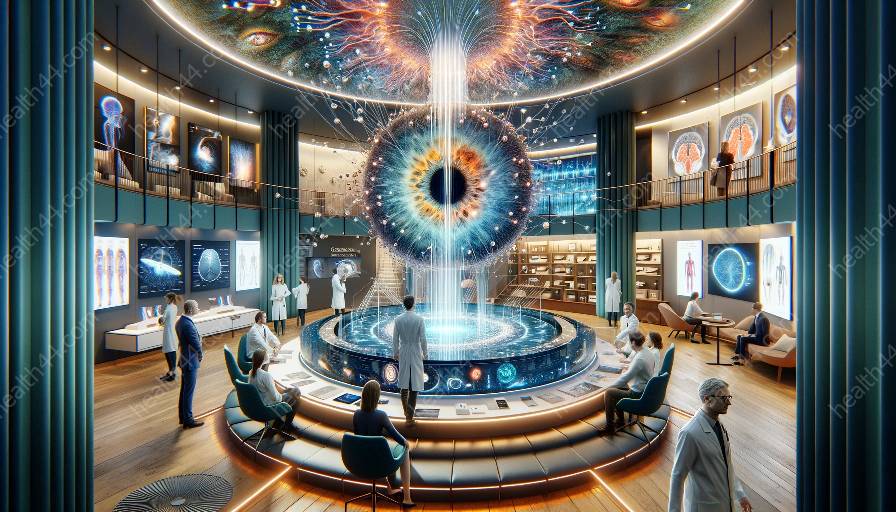Visual perception plays a crucial role in reading ability, especially for individuals with vision impairments. Understanding the relationship between visual perception and reading skills is essential for vision rehabilitation professionals to develop effective strategies for improving reading ability in this population.
Visual Perception and its Impact on Reading Ability
Visual perception encompasses the cognitive processes involved in interpreting and understanding visual information. It includes visual attention, visual discrimination, visual memory, and visual-spatial skills. For individuals with vision impairments, visual perception difficulties can significantly affect their reading ability.
Visual perception deficits can impair letter recognition, word decoding, and comprehension, leading to challenges in reading fluency and accuracy. Difficulties in perceiving visual attributes, such as size, shape, and contrast, can hinder the ability to process written text. Moreover, impaired visual-spatial skills may affect the organization of text on a page and impact reading speed.
Understanding the specific visual perception challenges that individuals with vision impairments face is essential for developing targeted interventions to enhance their reading ability.
Vision Rehabilitation and Reading Skills
Vision rehabilitation aims to maximize visual function and independence for individuals with vision impairments. In the context of reading ability, vision rehabilitation professionals employ a range of strategies to address visual perception challenges and improve reading skills.
One key approach is the use of assistive devices and technologies, such as magnifiers, screen readers, and tactile reading materials, to optimize access to written information. These tools can mitigate the impact of visual perception deficits and support individuals in decoding and comprehending text.
Another important aspect of vision rehabilitation for reading skills is the implementation of training programs focused on enhancing visual perception. These programs may involve exercises to improve visual attention, discrimination, and memory, as well as techniques to strengthen visual-spatial skills. By targeting specific components of visual perception, individuals can develop the foundational abilities necessary for successful reading.
Furthermore, vision rehabilitation professionals collaborate with educators and literacy specialists to integrate adaptive strategies into the learning environment. This may include modifying the presentation of materials, utilizing high-contrast text, or providing alternative formats to accommodate visual perception challenges and promote reading proficiency.
Conclusion
The interplay between visual perception and reading ability in individuals with vision impairments underscores the significance of targeted interventions within the realm of vision rehabilitation. By addressing visual perception deficits and implementing effective strategies, individuals can enhance their reading skills and engage more fully in educational and professional pursuits.





















